In the United States and around the world, dining out is a common luxury. Getting to savor creative dishes, discovering new foods and enjoying the atmosphere of a restaurant all together make for a memorable time.
A downside to eating out: food waste. In the United States alone, about 11.4 million tons of food is wasted each year. That staggering number has opened the eyes of chefs and home cooks to practice zero-waste cooking.
This up-and-coming trend led three chefs in Helsinki, Finland to open up a restaurant dedicated to waste-free cooking. Restaurant Nolla, located in Helsinki’s Design District, combines Finnish cooking with the roots of the founders and chefs, Albert Franch Sunyer, Carlos Henriques, and Luka Balac.
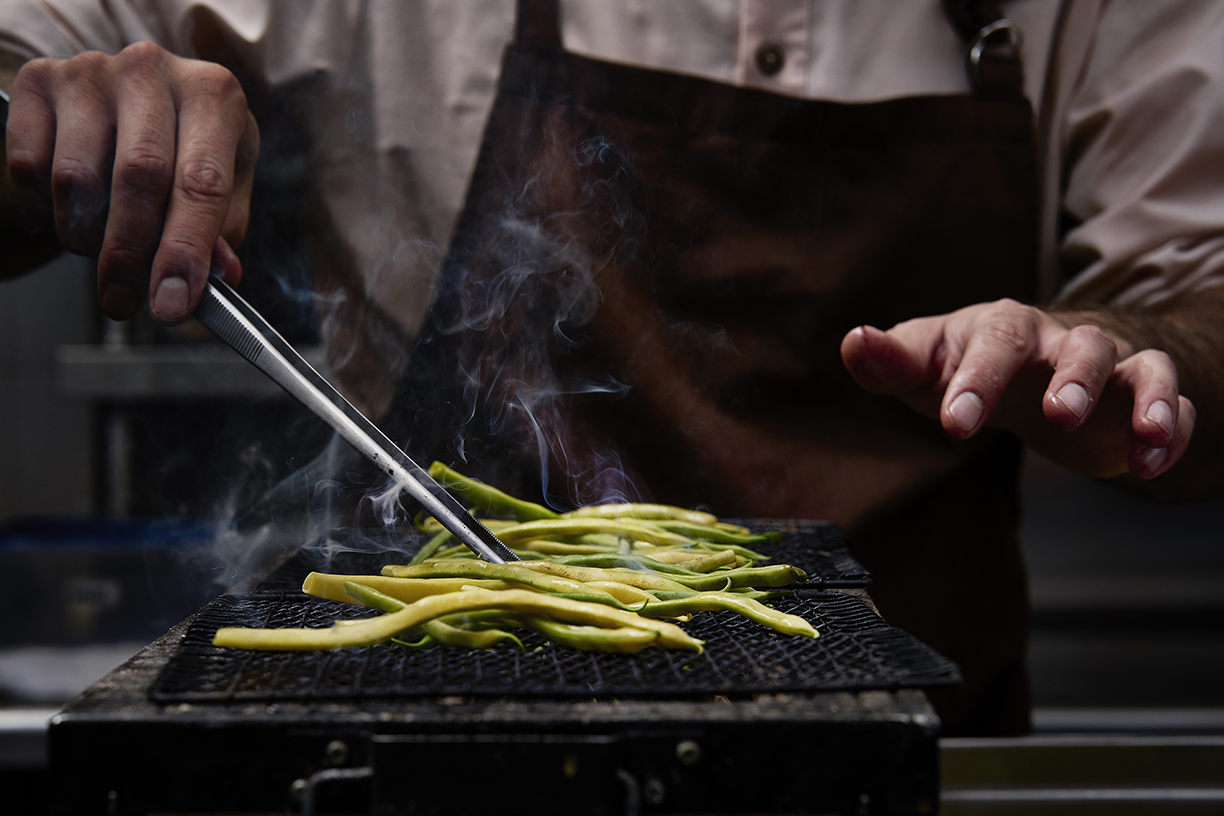
Restaurant Nolla prides itself on using fresh and well-kept ingredients.
Each dish created is carefully crafted to maximize every piece of each ingredient. Parts of an item that can’t be utilized are composted. Restaurant guests witness this process as the composter is located in the main dining area, showcasing what the restaurant is all about. Although utilized, the composter is not used as a garbage can. Before each item is tossed away, it is weighed and analyzed using a waste management software. Data is collected, what was thrown out, who threw it away and why, and is used to help improve the restaurants practices.
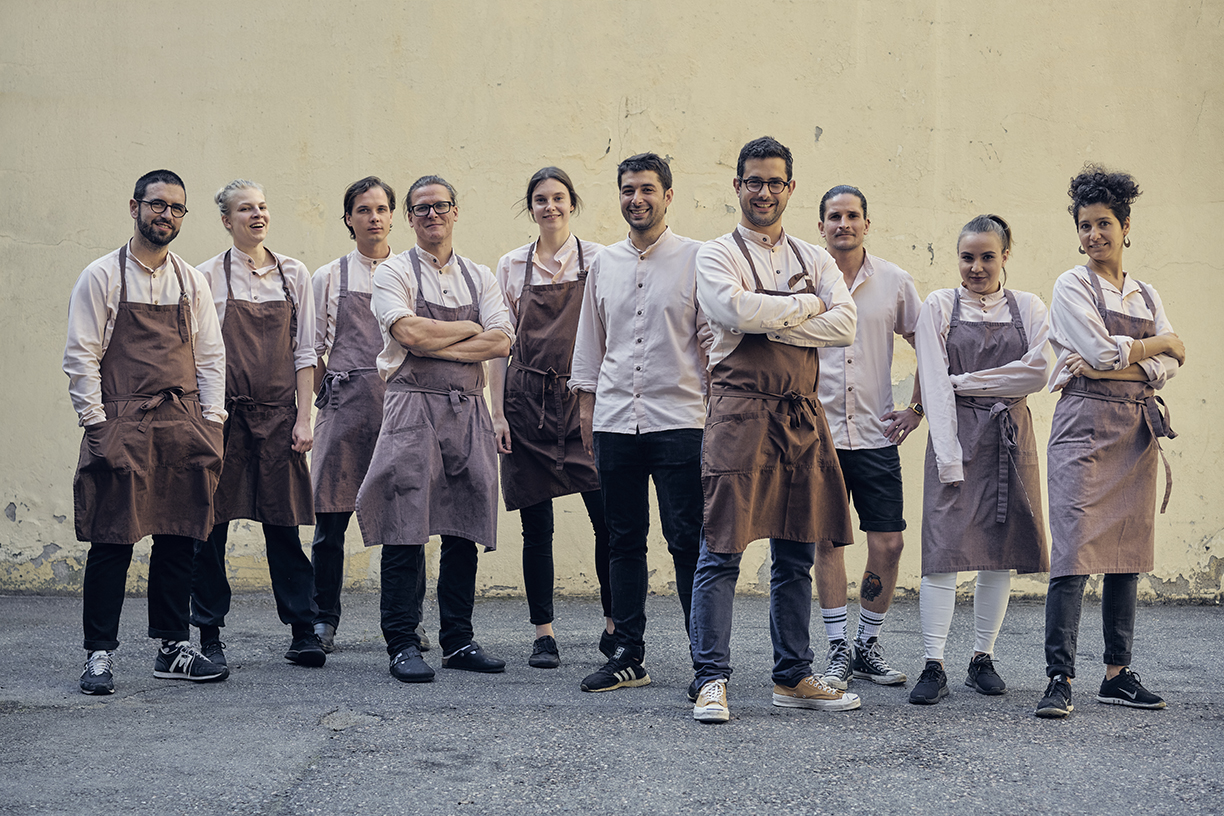
The Restaurant Nolla team.
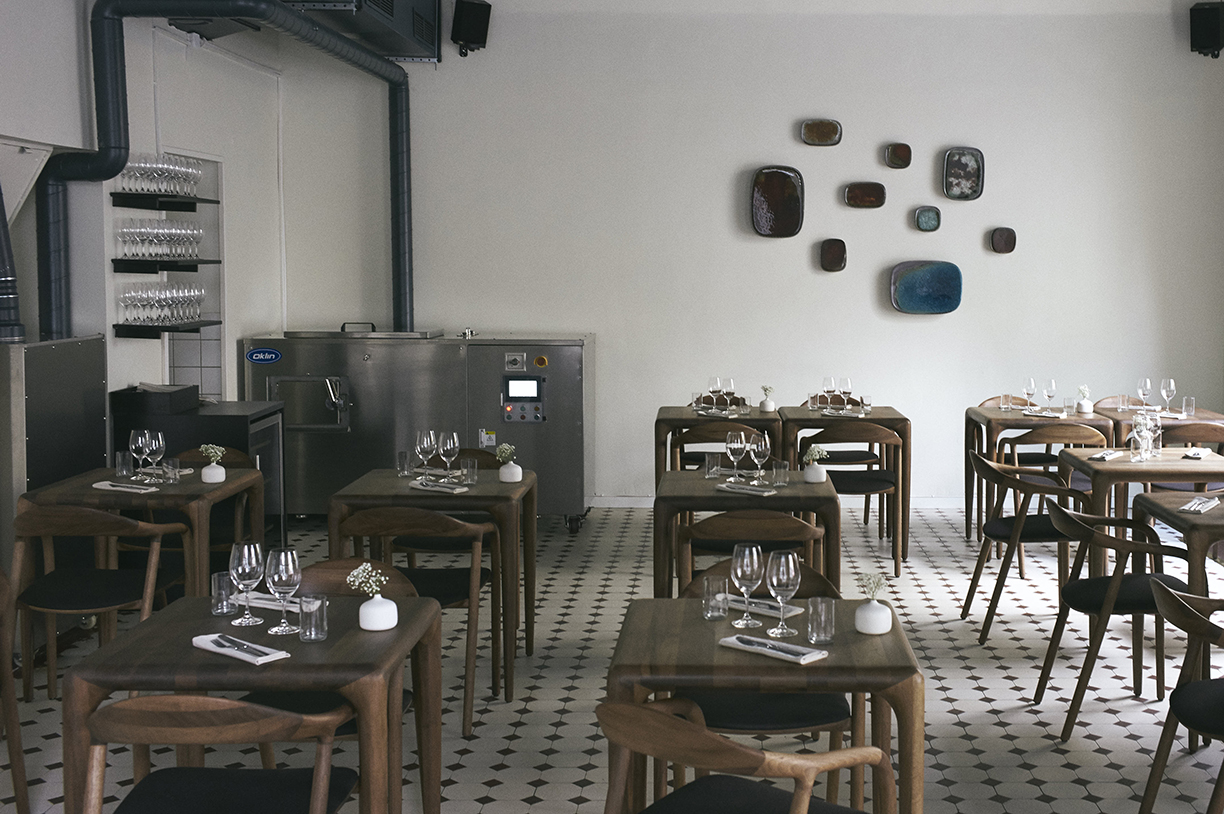
The composter sits in the dining room.
“Nolla is a restaurant without a trash bin. You cannot find any single use plastic here — no plastic packaging, no cling film, no vacuum bags, no foil,” says Sunyar, head chef of Restaurant Nolla, “Every detail from staff clothing and napkins to tableware has been thought of. Even the gift cards are made of compostable paper that has poppy seeds in them.”
Food is handled in a special way to ensure that Restaurant Nolla remains a waste-free establishment. From the way the food is delivered right down to how it’s stored, no part of the process was disregarded.
“We have created a box system for vegetables, fish and meat with local producers,” says Sunyar. “The boxes travel back and forth to prevent any packaging waste. We are very strict with this rule. If something comes in a non-reusable packaging, it is sent back to the supplier. No exceptions. This is the only way to make sure that people understand our beliefs and respect our practices.”
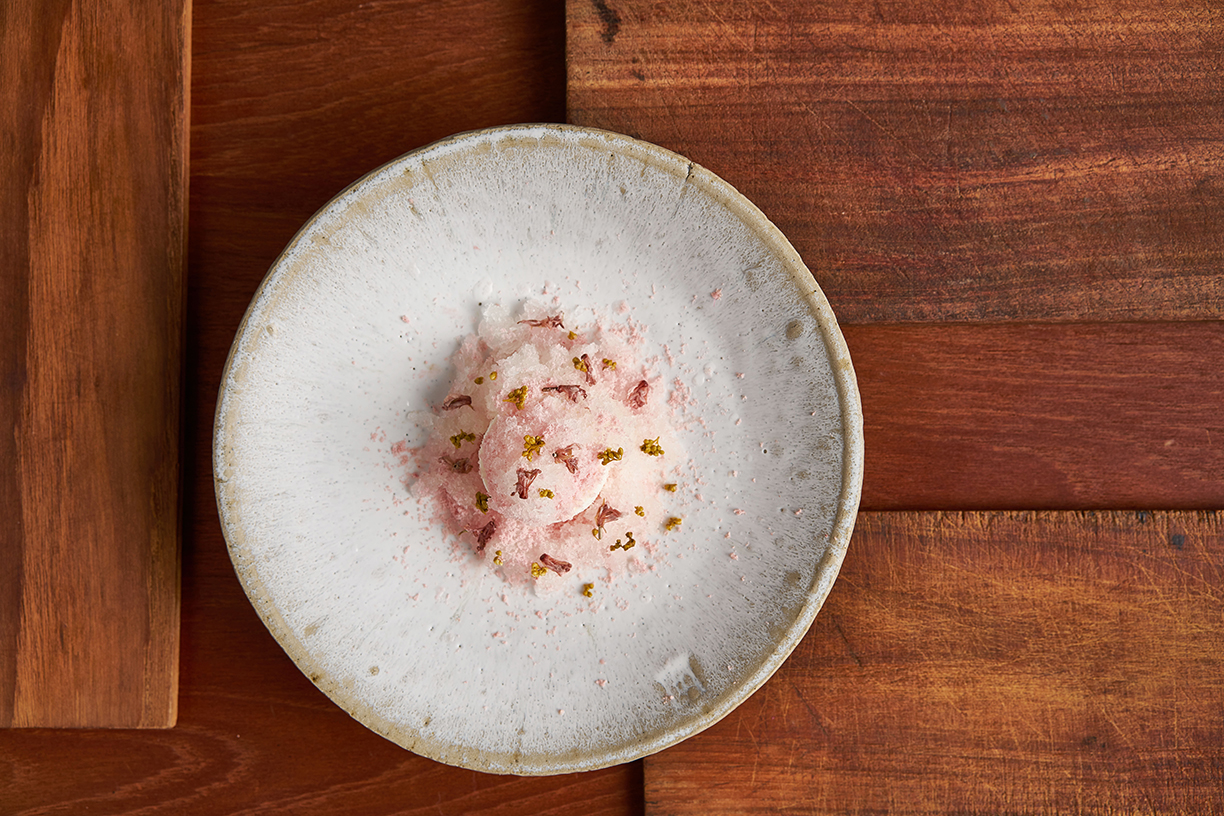
All parts of rhubarb.
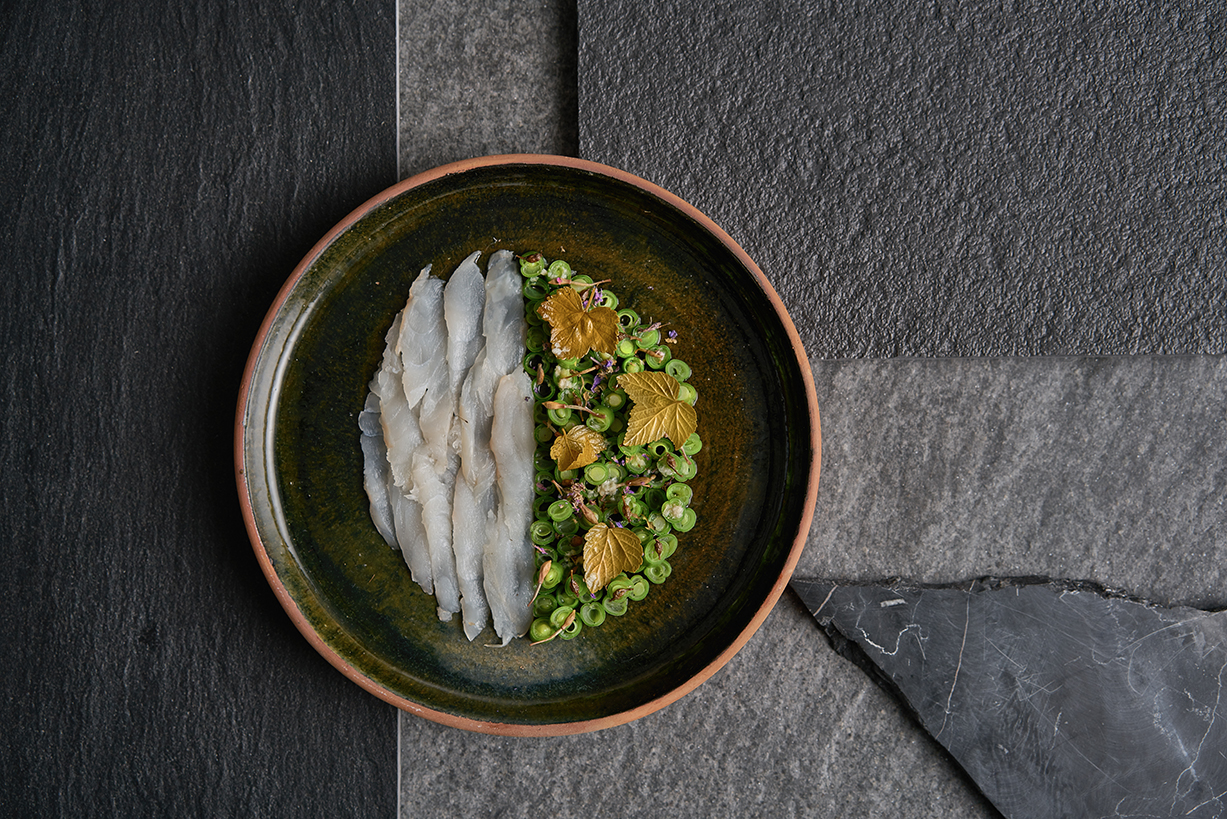
Beans and crudo.
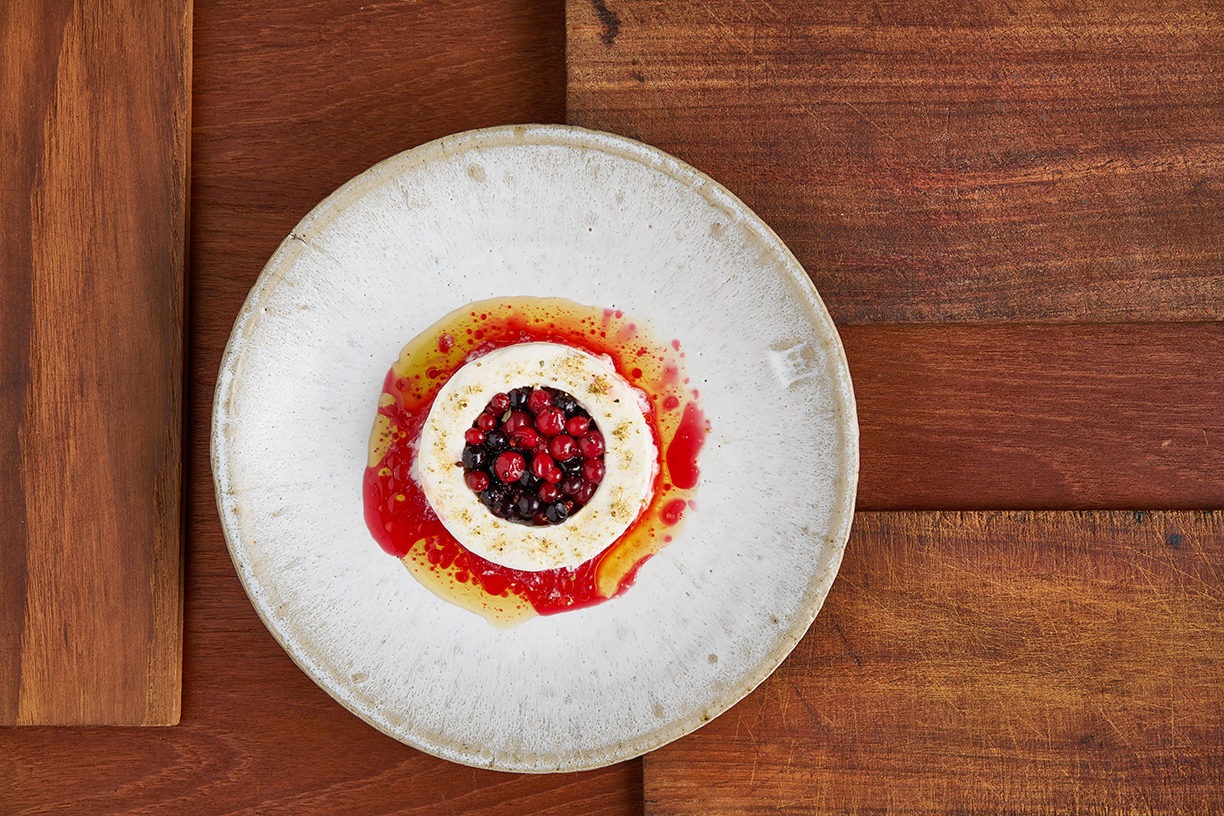
Ice cream, berries and honey.
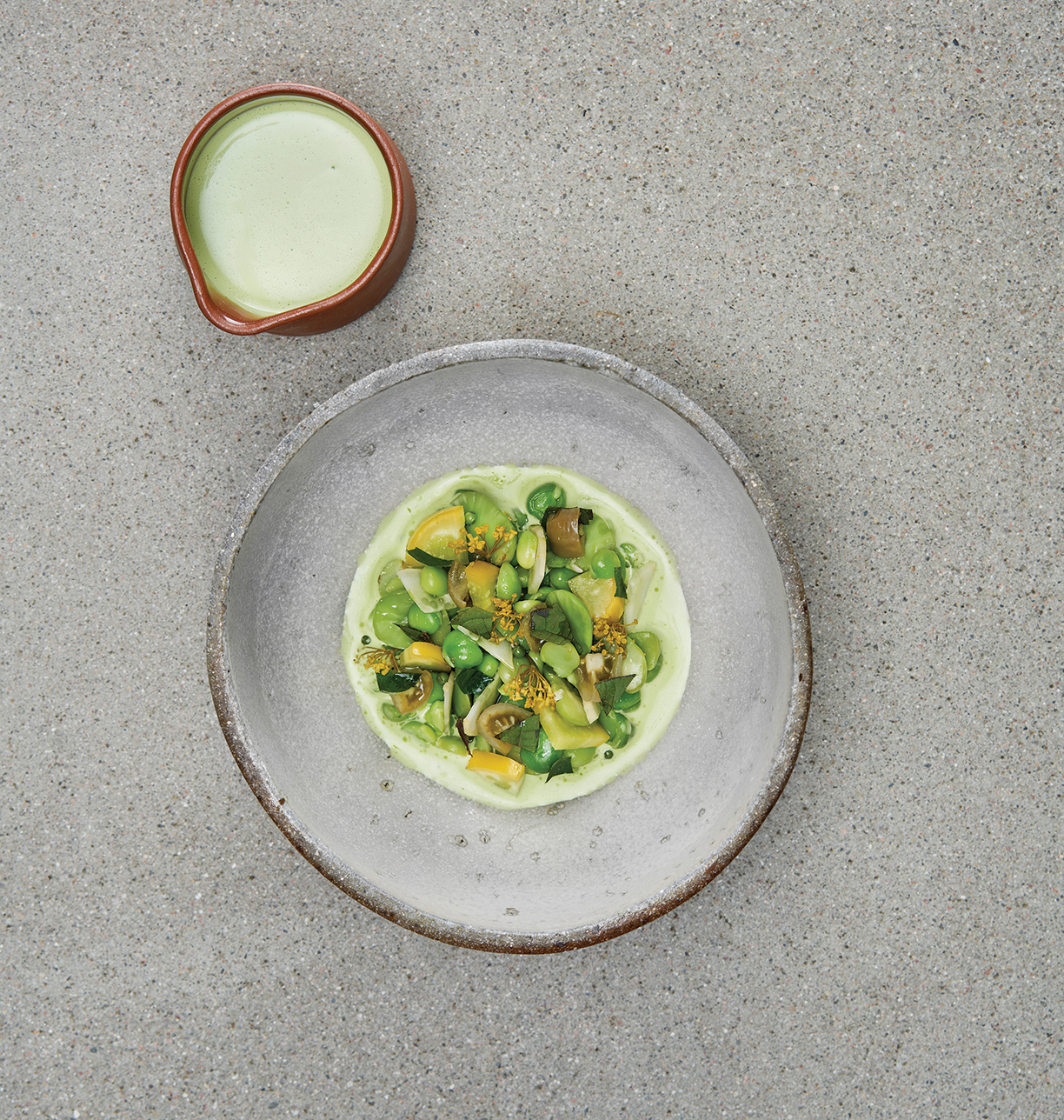
Sturgeon Pil Pil.
Food is fermented, pickled and dried to ensure ingredients are stored properly. The restaurant works with local producers who help them determine the best ingredients to use, based on what is growing during peak season.
“We use local and organic products,” says Sunyar. “The ingredients and their natural characteristics are the backbone of our tasting menus, and therefore, it is imperative that the quality of the produce is very high. These products tend to be more expensive in general, however, by using seasonal products and utilizing every part of them, our way of operating is very much cost effective.”
The chefs set out to show people that what they have accomplished is profitable and manageable. According to Sunyar, it’s not an easy process and creating the menu does take some time, but in the end he and the team stand by what they do, and they execute delicious and visibly beautiful dishes.
“It is a common misconception that waste-free practices mean cooking from products that expire soon or that making sustainable choices means that the quality deteriorates,” says Sunyar. “We do not cook from waste nor do we produce waste. We want to show that creative and great food can go hand in hand with sustainability.”
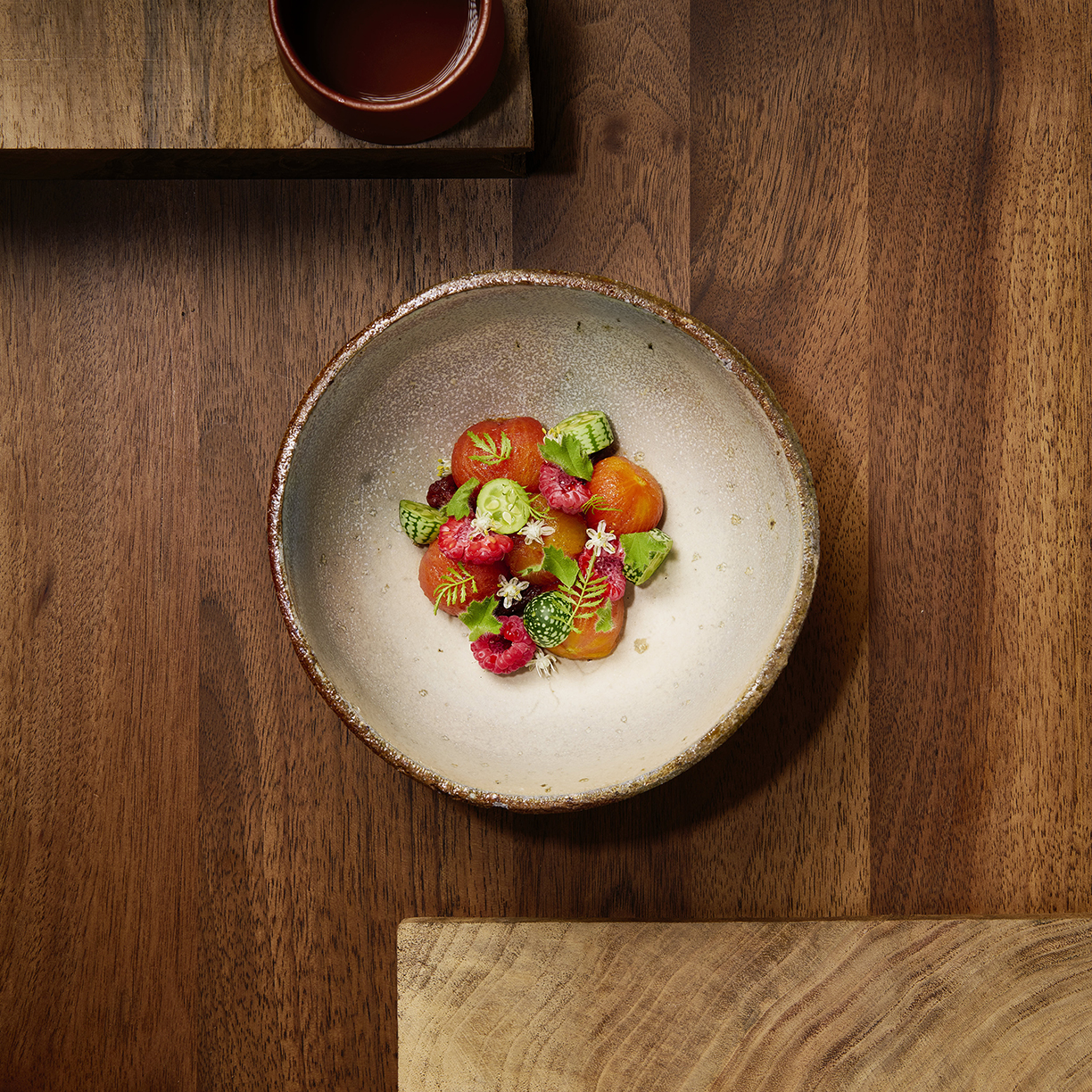
Tomatoes, raspberry and chili.
All photos and feature photo courtesy of Nikola Tomevski.

Photo courtesy Jack Oughton.
DUE TO THE EVER-CHANGING MOOD OF HIGH-END DINERS, HOTEL MANAGEMENT CONTINUES TO ADAPT TO NEW AND EXCITING CHALLENGES WITHIN THE FOOD AND BEVERAGE SECTOR OF LUXURY TRAVEL. IN A RECENT POST BY TEXAS MEETINGS + EVENTS, EXECUTIVE CHEFS AND MANAGEMENT MEMBERS DISCUSS TRENDS WITHIN THE WESTERN REGION OF US THAT ARE BECOMING UNIVERSALLY SEEN IN HOTELS ACROSS THE COUNTRY.
LOCAL SOURCING & AUTHENTICITY
“Traveling is all about experiencing a new culture, and that includes fare from the region guests are visiting,” says James Morin, executive chef at the Hyatt Regency Hill Country Resort & Spa located in San Antonio.
“We see a lot of guests enthralled by the culture of our Lone Star State, and they want to experience that unique Texas flavor in authentic cuisine.”
Showcasing the sourcing of ingredients and partnerships with local suppliers is a shift from previous priorities. The George R. Brown Convention Center also works to showcase its local partners by prominently featuring their branding in restaurant and café experiences, according to Chris Bupp, general manager of Levy, the exclusive food and beverage provider for the convention center.
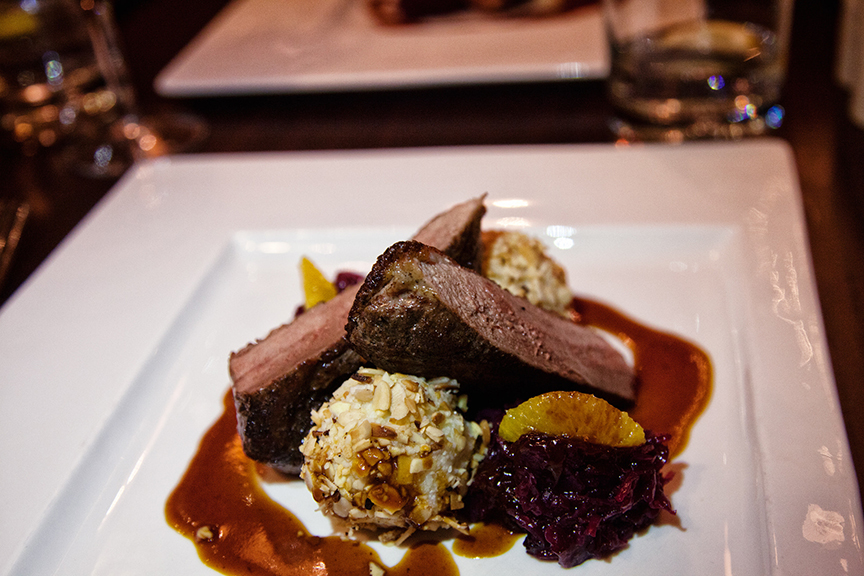
Photo by Jack Oughton.
One example of this is the convention center’s relationship with local company Java Pura as a coffee vendor. “In telling people about it, it’s roasted down the street and it’s available across Texas,” Bupp says. “What a great story to tell, and consumers love hearing about it.”

Photo by Vishnuvardan.
HEALTHY ALTERNATIVES & DIETARY RESTRICTIONS
Chefs at multiple hotels and resorts spoke about an increased desire to develop menus with healthy options for attendees. For breakfast, often groups are looking for healthy options and “light action stations,” as they “want to see how the food is prepared,” says Christof Syré, executive chef at the Four Seasons Resort and Club Dallas at Las Colinas.
In regards to particular ingredients, grains such as quinoa, farro and sorghum have gained a new spotlight, as well as cold oatmeal and avocado toast topped with smoked salmon or a poached egg. Salmon has been a strong ingredient for Ruffy Sulaiman, executive chef at Hilton Americas-Houston.
“When we do a lot of tastings, each time we have salmon in the tasting, salmon always wins,” Sulaiman says. He credits the interest in salmon because it’s loaded with Omega 3 and appeals to most health-conscious eaters.
Coinciding healthy options are dietary restrictions, a complicated but rewarding challenge that the hotel industry finds itself constantly working toward accommodating, says Sulaiman. “It allows us to be as creative as possible to make sure that we take care of those folks.”
GOODBYE BUFFETS, HELLO POP-UP EXPERIENCES
Long buffet lines are going by the wayside, according to Sulaiman, as event planners are now sticking with smaller plates to continue the “less is more” trend. Sulaiman has developed different pop-up food experiences that highlight various cultures represented in Houston, including an Indian station with chicken Marsala and lamb shashlik and a pho station to represent Vietnamese culture.
To learn more from these inspired experts from the Lone Star state, visit Texas Meeting + Events’ post!

Photo courtesy Swastiverma.











